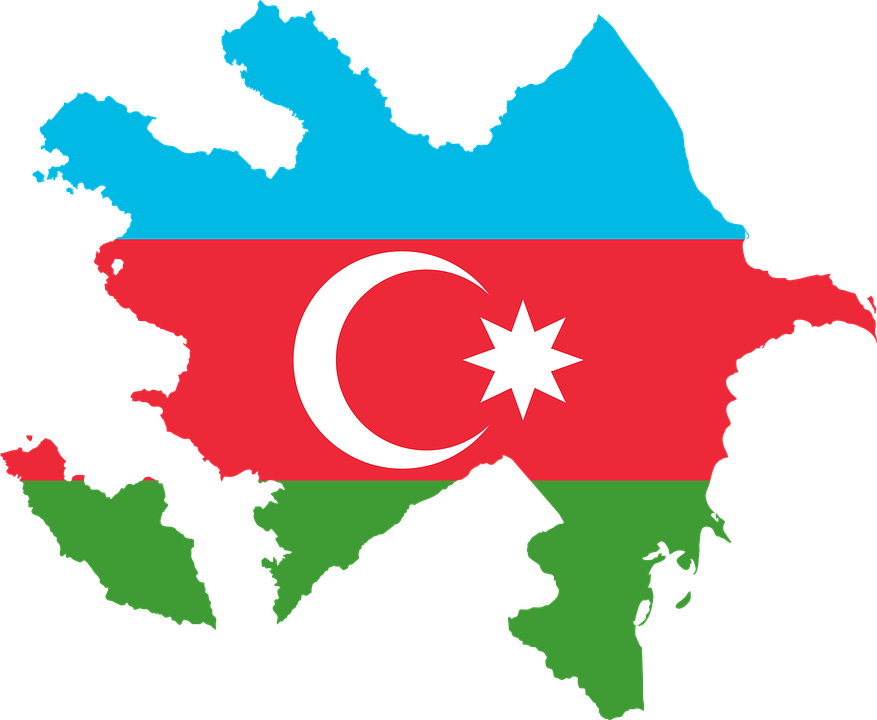US foreign policymakers refer to specific locations around the world with great potential for conflict as “flashpoints” where regional policy, including economic development, human rights practices, political stability, and the security environment intersect. These tend to be areas where influence, power, and resources converge over the millennium and result in war. Periodically, the State Department updates those spots to reflect current threat conditions.
On Monday, April 23, 2023, the State Department in Washington released a statement saying: “The United States is deeply concerned that Azerbaijan’s establishment of a checkpoint on the Lachin corridor undermines efforts to establish confidence in the peace process. We reiterate that there should be free and open movement of people and commerce on the Lachin corridor and call on the parties to resume peace talks and refrain from provocations and hostile actions along the border.” While such a statement may seem innocuous, it is an indication that Washington sees new trouble brewing for the 72 million people living in Central Asia.
This region links East and West commercially and provides China an avenue for accessing European markets without transversing Russia. The Lachin Corridor itself is a “lifeline” that consists of a single mountainous road linking Armenia with the Nagorni-Karabakh territory. The corridor is dejure, or legally recognized, as belonging to Armenia, but currently is under the control of Russian military forces. On Sunday, Azerbaijani officials set up a checkpoint there, claiming it was meant to prevent the “illegal transportation of manpower, weapons, [and] mines.” This region and others like it in Central Asia may not make front page news in the West, but each one serves as an important lynchpin holding the fragile peace together. It grows more complicated when considering that Russian and Chinese spheres of influence are tangent in Central Asia, with Beijing ascending as the dominant outside power in recent years.
The Fergana Valley is another Central Asian location that has seen conflict in past years. It is a large triangular valley that formerly was divided into three republics of the former Soviet Union. It lies mainly in eastern Uzbekistan but crosses into southern Kyrgyzstan and northern Tajikistan. Its ethnically diverse history extends back more than 2,300 years to a time when Alexander the Great founded Alexandria Eschate in its southern end. Chinese explorers date its towns in the Valley as older than 2,100 years and call it the path between the Greek, Bactrian, Parthian, and Chinese civilizations. The Russian empire conquered the Fergana Valley at the end of the 19th century, and it joined the Soviet Union in the 1920’s. The history of the peoples of Central Asia, like the political demarcations of many Middle Eastern nation-states, does not match well with political, tribal, and ethnic affiliations.
Since the 2020 ceasefire agreement, tensions have escalated in Nagorno-Karabakh as Russia has accused Azerbaijan of numerous incidents violating the ceasefire. Baku last month claimed Russian peacekeepers distorted the facts of a serious March 5 incident between Azerbaijani soldiers and de facto police which left 5 dead. Tensions increased again on March 25 when Azerbaijani forces cut off alternative roads to prevent transport of “manpower [and] military equipment” into Nagorno-Karabakh, with a formal blockade put in effect on March 30. Each side is calling for the other to recognize the area as its own.
Rand Corporation notes that “The five former Soviet republics that constitute Central Asia—Kazakhstan, Kyrgyzstan, Tajikistan, Turkmenistan, and Uzbekistan… Together and separately… face and pose a range of challenges and opportunities as they define their relationships with neighbors such as China, Russia, and Afghanistan and partner countries in Europe, Asia, and the Americas.” Three out of the five Central Asia’s countries, including Kazakhstan, Tajikistan and Uzbekistan, have experienced large-scale unrest last year. In each case the governments in the region blamed interference from foreign groups looking to create instability or weaken the cohesion among the five former Soviet satellite states.
There is real concern for stability in the region as Central Asian governments tend to exacerbate the external challenges by blaming foreign sources as the ubiquitous root cause of their domestic problems. Central Asian governments need to address inadequate infrastructure, limited employment opportunities, high living costs, a lack of transparency and accountability, and human and political rights violations. The confluence of so many issues in one geopolitical area is a good reason for Washington and the world to be concerned about the fragile peace in Central Asia.
Daria Novak served in the U.S. State Dept.
Illustration: Pixabay
